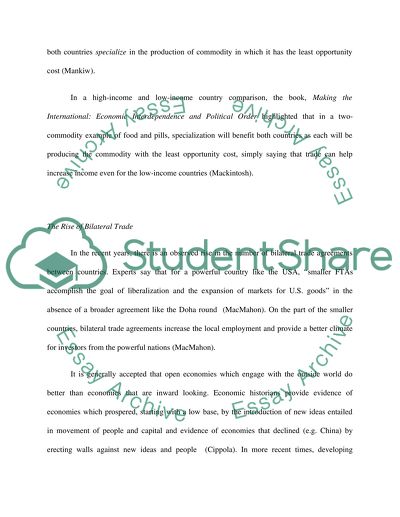Cite this document
(“Bilateral Trade Agreements Term Paper Example | Topics and Well Written Essays - 2000 words”, n.d.)
Bilateral Trade Agreements Term Paper Example | Topics and Well Written Essays - 2000 words. Retrieved from https://studentshare.org/macro-microeconomics/1518005-bilateral-trade-agreements-essay
Bilateral Trade Agreements Term Paper Example | Topics and Well Written Essays - 2000 words. Retrieved from https://studentshare.org/macro-microeconomics/1518005-bilateral-trade-agreements-essay
(Bilateral Trade Agreements Term Paper Example | Topics and Well Written Essays - 2000 Words)
Bilateral Trade Agreements Term Paper Example | Topics and Well Written Essays - 2000 Words. https://studentshare.org/macro-microeconomics/1518005-bilateral-trade-agreements-essay.
Bilateral Trade Agreements Term Paper Example | Topics and Well Written Essays - 2000 Words. https://studentshare.org/macro-microeconomics/1518005-bilateral-trade-agreements-essay.
“Bilateral Trade Agreements Term Paper Example | Topics and Well Written Essays - 2000 Words”, n.d. https://studentshare.org/macro-microeconomics/1518005-bilateral-trade-agreements-essay.


